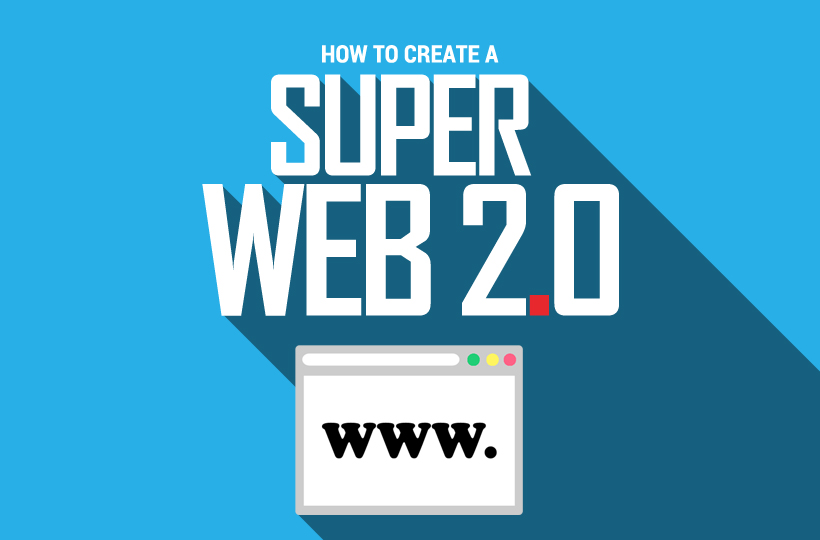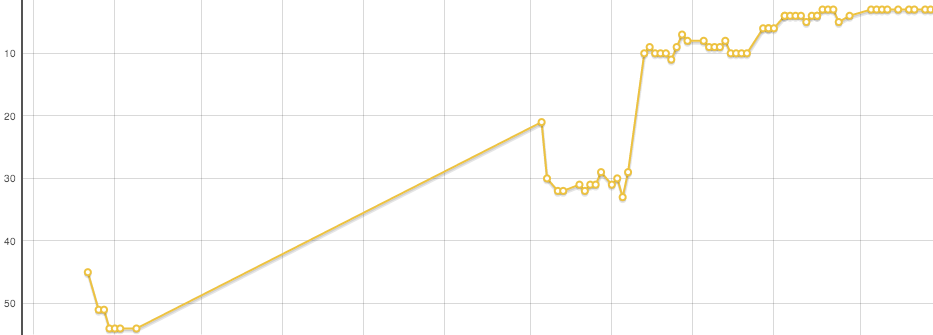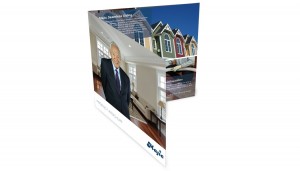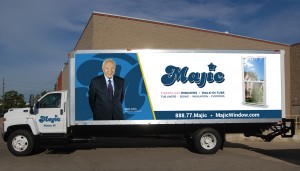If you follow SEO practices you’re probably familiar with web 2.0 SEO. If you’re not familiar with web 2.0, it’s essentially the current state of online technology as it compares to the earlier days of the web. Web 2.0 is characterized by greater user interactivity and collaboration, as well as, more pervasive network connectivity and enhanced communication channels. When marketers refer to web 2.0 they are typically referring to free blogging platforms like WordPress or Weebly. Back in 2009 web 2.0 was all the rage when it was proclaimed to be the future of SEO. Unfortunately, a good handful of marketers were using automated programs to create poor web 2.0 content and Google cracked down on web 2.0’s with their Panda update.
Do Web 2.0s Still Work?
Panda discouraged many SEO experts from using web 2.0 link tactics, but they are still worth while if executed properly. In fact, there are a couple of case studies worth mentioning.
Nathan Gotch of Gotch SEO was able to improve rankings for a niche site using 2.0 links.
His 2.0 properties got him to rank for a phrase with 1,300 searches per month.
Similarly, Kevin Roy was able to improve his rankings for two keywords.
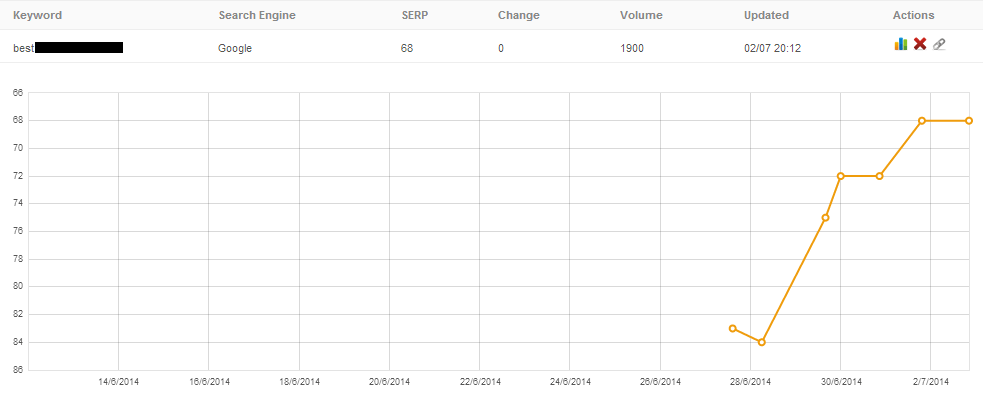
with a combined total of 7,300 searches per month using web 2.0 private network links.
It’s true you can still see some relatively noteworthy success from utilizing web 2.0 tactics, but if you want even more safety and longevity with your link profile, then you should start building super web 2.0s.
What is a Super Web 2.0?
A web 2.0 becomes super when it becomes more than one page and is given the appearance of a legitimate blog. Building a super web 2.0 is much more time consuming than creating a simple web 2.0 property. However, putting in the extra effort to make your 2.0 property super is well worth it. Super properties will stand the test of time because they actually contain value to anyone who may come across them and they are used for more than the purpose of housing one link.
How Do You Build a Super Web 2.0?
As we previously stated, there is a lot of work entailed with building a super web 2.0 property, but if you’re trying to impress a client or build the highest quality links possible then you should have no issues with putting in the extra effort. Your mindset for creating a super web 2.0 property needs to be the same as it would be when creating an actual website. Keep in mind that you don’t need to create a ton of these properties because the quality and high level of relevancy of a super web 2.0 will be enough to help you rank higher, faster. In total, there are 6 steps to creating a successful super web 2.0 property. The 6 steps are as follows:
1) Sign-Up for 5-10 Different Web 2.0 Platforms
You’ll want to start by signing up for 5-10 different web 2.0 platforms. Lucky for you we’ve compiled a list of 50 different web 2.0 platforms and ranked them in terms of domain authority. We ask that you show us just a little bit of love and our list is all yours.
Unfortunately, blog pages will start out with a page authority of zero. However, if you use one of the high domain authority web 2.0 platforms from our list then it becomes incredibly easy to increase the page authority of your blog posts. Domain authority is the strength level assigned to a domain like WordPress. By hosting your blog on a high authority domain your web 2.0 becomes more credible. You’ll find we’ve included the domain authority next to each web 2.0 platform on our list. It’s safest to stick to our list when deciding on a platform.
2) Create The Blogs
As you begin to set-up your blogs there are a couple of steps you’ll want to routinely follow with each set-up. The best practice is to place your target keyword that you’re optimizing for into your blog URL. If you want your URL to read a little more naturally you could attach experts to the end or add an honorific like Mr. or Dr. For instance, if you’re keyword is Television you could make your URL something along the lines of, “televisionexperts.wordpress.com”. Additionally, you’ll want to change the title and description of your blog. The title should match whatever you named your website and should include your targeted keyword. You’ll also want to create a unique description for each blog and naturally place the keyword inside. For example, if we were to return to the television keyword, then your description might be something like, “Your source for all things television.” or, “The internet’s exclusive television website.”
3) Create About and Contact Pages
Creating both About and Contact pages instantly makes your blog appear far more legitimate for users and search engines alike. For the About page all you have to do is write a few sentences or paragraphs about your keyword/blog. This should be fairly easy and quick to do. Below is an example of an about page we created for a client on a web 2.0 site.
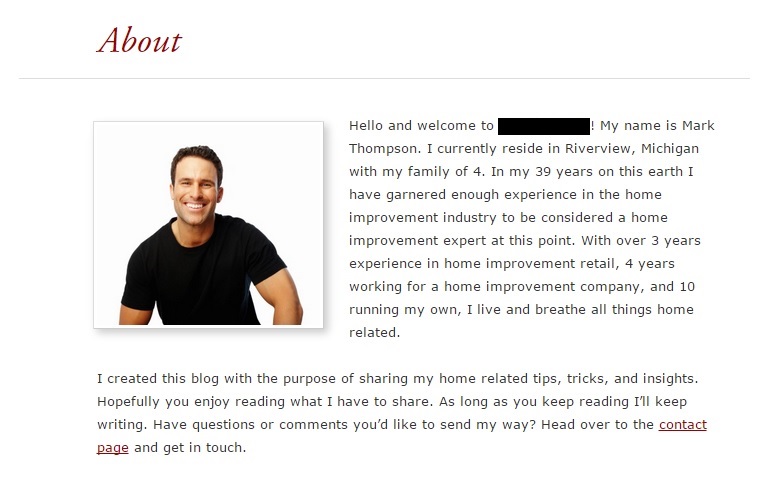
Much like you see above we’ll often take on the personality of a person and write our content from a first person perspective. Other times we write from the perspective of a business in the industry using pronouns like we or us. We mix perspectives up from time to time to give our 2.0 properties a more natural feel. From the About page you’ll want to consider linking back to the homepage since this is what most bloggers tend to do on real blogs.
Once you’ve finished creating your About page you can move onto your Contact page. On this page you can get away with writing a simple sentence like “Please contact us today for any questions or comments regarding (Primary Keyword).” You can then include some contact information and consider your Contact page complete.
4) Create the Welcome Post
Your very first blog post on your super web 2.0 should be a simple “welcome” post. Just write a couple of sentences or paragraphs about your newly created blog and what kind of content readers can expect to find. We’ve provided a simple example from one of our web 2.o properties below.
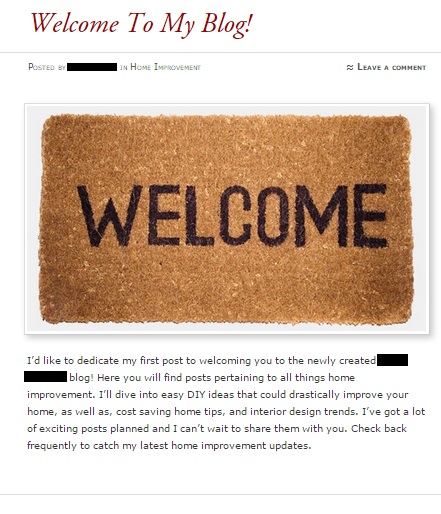
5) Populate the Blog With Relevant Filler Content
Once you’ve got your blog up and running and you’ve posted your “welcome” post, you can then begin to populate your blog with filler content. All of the content you create should be extremely relevant to your keyword and full of enough value that users and search engines alike will appreciate it. Filler content serves to populate your blog so that there’s more than one post on it. We typically produce 3-8 relevant filler posts per blog to avoid any consistencies. There are several types of filler content you could deploy. Content could include vidoes, pictures, quotes, or infographics. The best way to go about producing content is to write actual content. If you’re pressed for time you could use speech recognition software like Dictanote to record your content as you speak it. It may be a clunky system, but it’s a great way to help expedite your filler content process.
One important thing to note is that you do not want to publish all of your posts at once. Rather, you should schedule your posts so that they’re spaced out in even time intervals. Publishing a post once a month is plenty and if you create enough posts to last at least 6 months, then Google will think very highly of your super web 2.0.
6) Post the Seed Article
By this step your blog is now a seemingly official blog. You’ve got an about and contact page, you’ve got a “welcome” post and plenty of relevant posts that follow. At this point you’ll want to post your seed article which will host the link for your main website. This seed article is the reason you created an entire super web 2.0 property in the first place. When writing your article there are a couple of guidelines you’ll want to keep in mind.
- Your article should be 400 words or more in length.
- Your article should be 100% unique. Do not copy and paste material from other blogs.
- Your article should be 100% relevant to your target keyword. For instance, if your keyword is “Toshiba LED Televisions” your article should be about that specific type of television and not just any kind of television in general.
- Your keyword density should be around 1-3% of your total article. To find out your keyword density percentage just hit Control+F and search for your keyword. The search will total the number of times your keyword comes up in your blog post. Divide that number by the total number of words in your post and you have your keyword density percentage. You’ll also want to double check that your keyword is placed in the 3 most important places. Those places being: title, first sentence, and last sentence.
- Your article should contain 1-2 images. You’ll want to make sure that your images are optimized for SEO.
- You’ll want to link your post to one authority resource for your keyword. You can link to a website of high authority within your niche or an article from an authority website.
- Never create two web 2.0s that look identical visually or in format. If you placed two images in your first web 2.0, then place only one in the second. Instead of placing an image consider embedding a YouTube video into your web 2.0. The point being that you should try to avoid appearing systematic in your super web 2.0 creation.
To learn more about optimizing your blog post for SEO purposes make sure to pay a visit to our Beginner Guide to SEO.
Strengthen Your Super Web 2.0
You can increase the strength of your super web 2.0 property by creating tier 2 links. In other words, you can create links to your super web 2.0 via another web 2.0 property, social bookmarking, or high PR blog posts. Just remember to provide value in the content you seed your links into. The more value you provide the more search engines will like you.
In Conclusion
If done properly super web 2.0s are an extremely valuable SEO tool to have at your disposal. However, as we previously mentioned, building a proper super web 2.0 property is very time consuming. Additionally, if a web 2.0 property is built incorrectly it could potentially end up harming your ranking with a penalization. Our SEO experts can develop a comprehensive SEO strategy for you. You won’t have to waste any time setting anything up yourself and won’t run the risk of being penalized. Tipping Point is a leading digital marketing agency in the SEO field. Our work in the industry has demonstrated significant achievement, and garnered lasting results. Contact us to learn more about how Tipping Point can help you drastically improve your search rankings.
